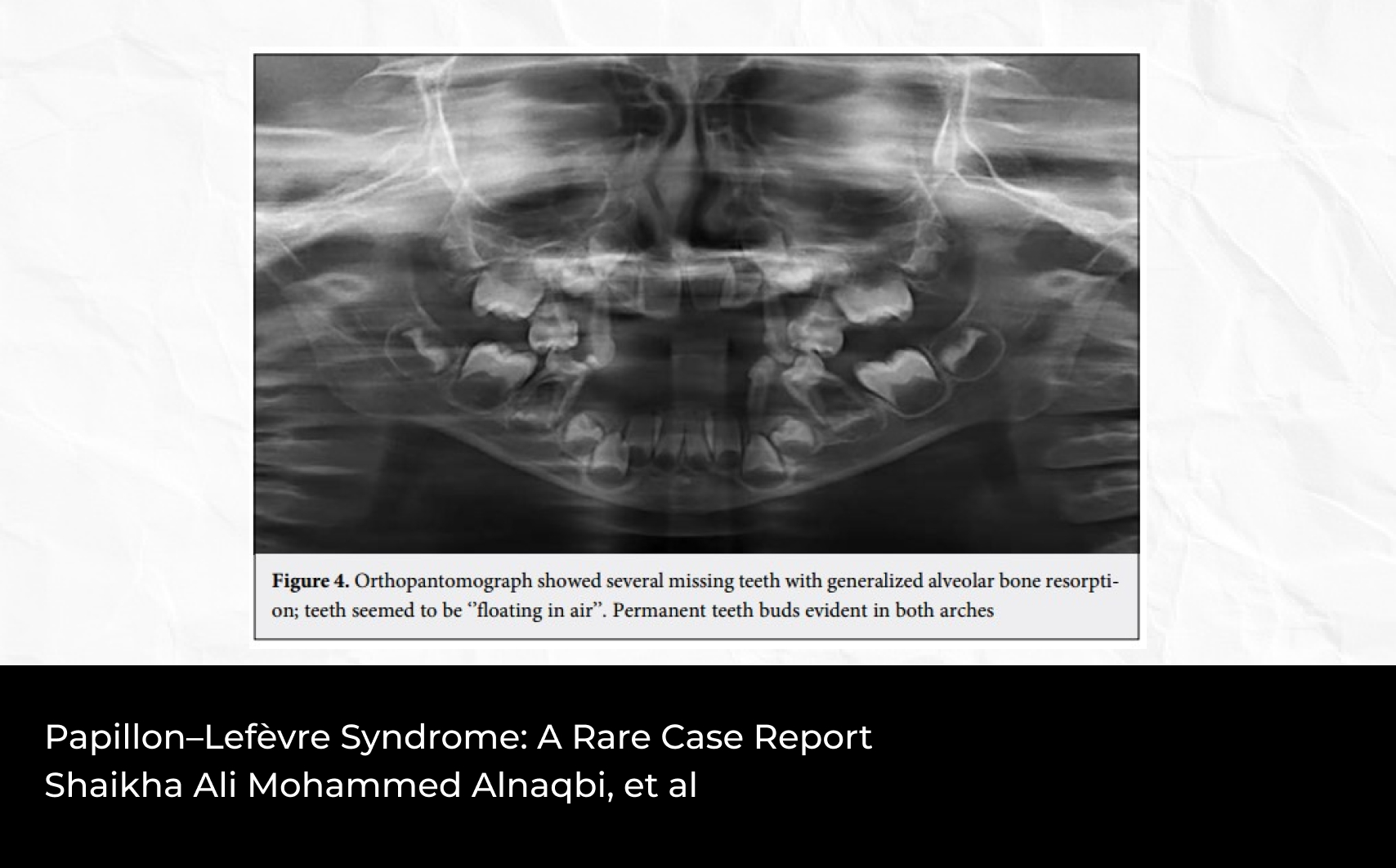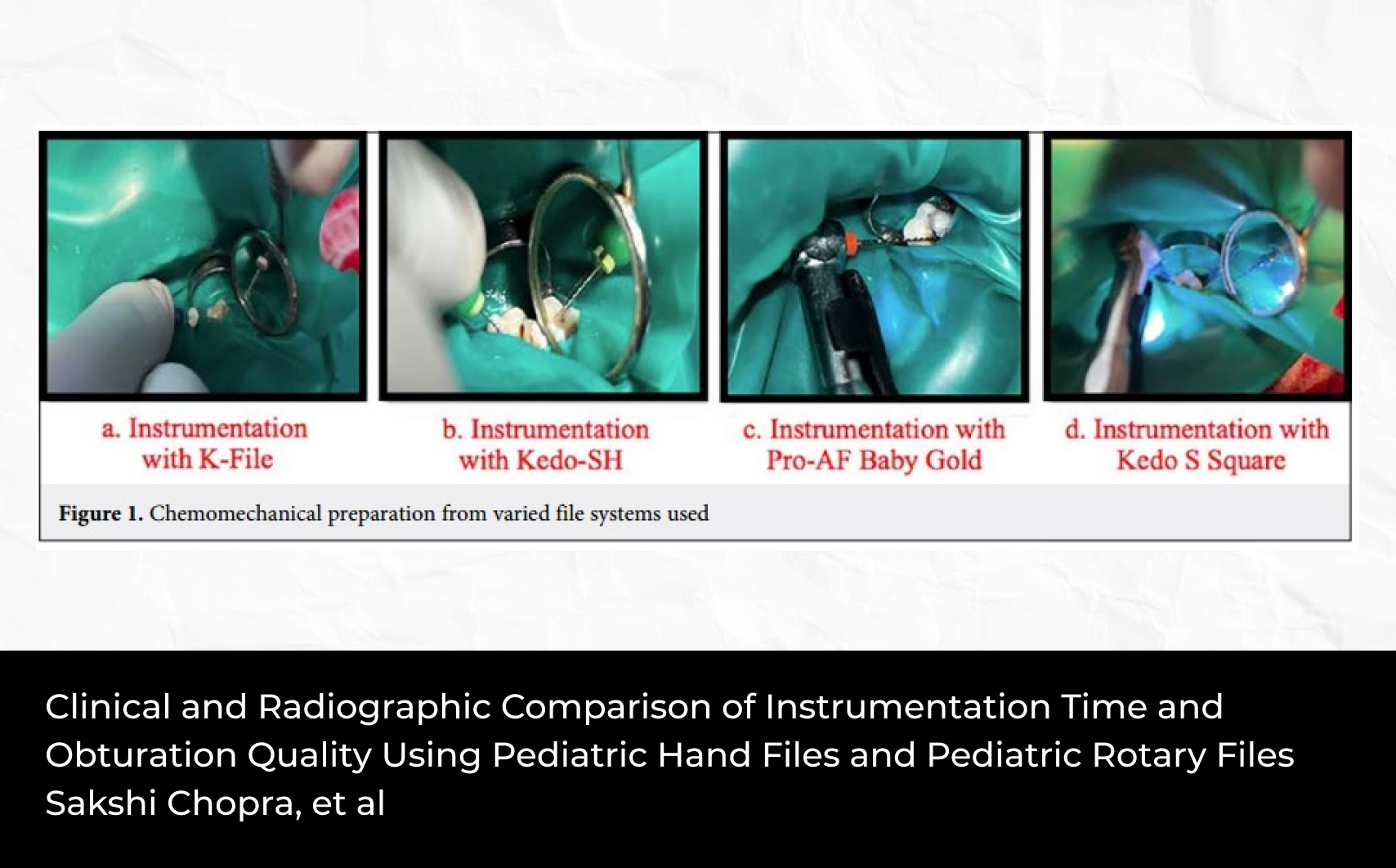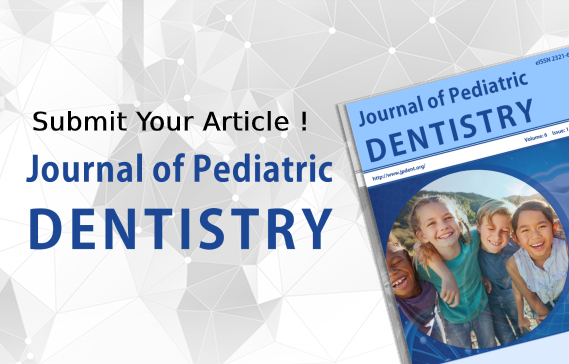2Faculty of Language and Art, Universitas Negeri Jakarta, Jakarta, Indonesia
Abstract
Objective: Recognition of children's emotions expressed on their faces and the faces of others is very important in children's social activities, including communicating the child's emotions. This study aims to develop a research instrument that can represent or mediate children in communicating their emotions.
Materials and Methods: This exploratory research begins with item development, expert review, and validation study. Data analysis was carried out through the Pearson validity test, Kuder-Richardson 20 reliability test and test-retest analysis, and MANOVA to see the main and interaction effects of the variables of age and sex of children.
Results: One hundred ninety-seven children aged 3-6 years were involved in a study that tested seven cartoon-like facial expressions. These seven items show valid (rxy=0.28-0.74, p<0.05) and reliable (r11=0.912, p<0.05) items.
Conclusion: This instrument is recommended for researchers to use for assessing children's emotions in a certain setting.














